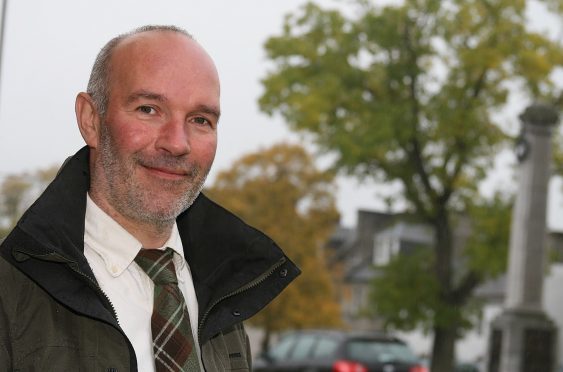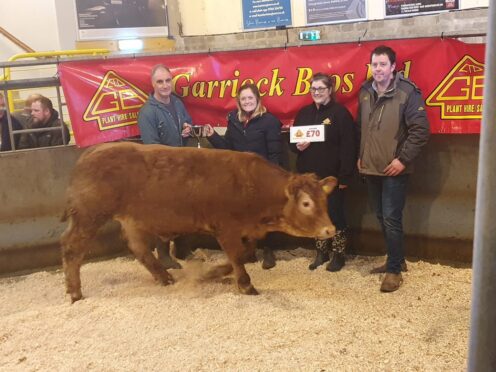It is not often that I am able to speak enthusiastically about government support to crofting, but credit where credit is due.
The Croft House Grant Scheme was getting knocked again in the press recently, I think unfairly.
The Scottish Crofting Federation (SCF) has pushed for improvements to this scheme since it replaced the Croft Building Grant and Loan Scheme and put forward many suggestions which could make the scheme more effective.
These were at last acted upon with the result that the scheme does work much better than it did. In the first year of the re-vamped scheme £1.4million was approved, about average spend, the difference being to whom it went and how much they got.
So far this year, 46 applications have been received. Of the 33 eligible, 29 were approved (88%) sharing in £948,000, and a further £600,000 was announced at the SCF gathering by the cabinet secretary. And there are three more application windows in June, September and December.
Some applications fail on eligibility for reasons such as not being a crofter; not proposing to work the croft; having a house or houses on the croft already; not having the tenancy or ownership of the croft yet or simply not providing all the information asked for. Some lose points in the scoring system, which is not a means test but is a series of criteria that gain or lose points. Means is only one of the many criteria.
It is not perfect and tough decisions have to be made, but we think the officials are getting it pretty much right. Money is, by and large, being targeted to those who need it and houses are being built in the crofting areas with the most effective use of public money.
Following the Crofting Commission elections we now have a full complement of commissioners in place, including replacements for commissioners implicated in the troubles of the previous board. Having had a very good response from commissioners to the invitation to be considered for the role of convener, we now await Fergus Ewing’s choice of appointment.
Readers will not have missed the disappointment of crofters over the government announcement that Areas of Natural Constraint (ANC) support will not be introduced, or the irritation of SCF that the NFU Scotland (NFUS) support, indeed take credit for, this decision. LFASS has been misused for years, paying more per hectare to those on better land – Less Favoured Areas Support Scheme? ANC would have redressed this, moving funding to the Areas of Natural Constraint.
The ensuing spat in the media led NFUS to inferring that crofters are not active enough. Apart from the insult, the NFUS belated enthusiasm for activity is galling coming from the organisation that spawned the “slipper farmer”. Their lobby in the 2003/4 round of Common Agricultural Policy (Cap) negotiations, you will remember, insisted on “historic payments” whereby highly stocked farms on good land could shed their livestock and still receive a handsome “retirement fund” from the public purse. Yes the Cap is bizarre but what will Brexit bring?
Patrick Krause is chief executive of the Scottish Crofting Federation










